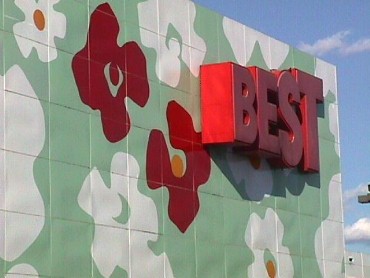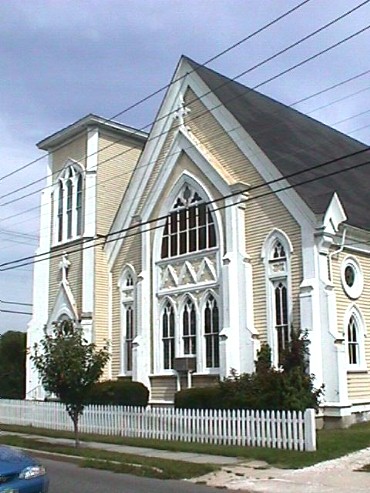2001.12.10 13:12
land of truths?
...the recent phrase "and not a oak tree to be seen, less, land of oak trees" has resonated in my mind since reading it. Albeit sad, its truth can hardly be disputed. It really does make one think about what's real and what isn't. For example, does Philadelphia ever truly live up to it's name which means brotherly love? Or does New York have much to do with Old York (which I assume is York, England)?
Quite by accident (on Friday) I found a new book entitled The Geometry of Love by Margaret Visser. This book is all about the church St. Agnes Outside the Walls, Rome. Visser essentially describes every aspect of the church, and in so doing delivers an amazing portrait of a single place and all its (space/time) meaning.
In yesterday's NYTIMES, the article about Philadelphia's new concert hall begins with describing Philadelphia as "a city that time often seems to have forgotten." Maybe I should start referring to myself as Steve, from Tempobliviopolis.
2001.12.28
TEMPOBLIVIOPOLIS is a hybrid place that time sometimes seems to forget, and sometimes it is a hybrid place that seems to forget time.
Best Showroom
Franklin Street Unoted Methodist Church
North Penn Visiting Nurses' Association
Sears & Roebuck Mechandise Complex Remains
SS United States
WHitaker Mills Barn
| |

| |
Venturi and Rauch, Best Showroom (Oxford Valley, PA: 1977).
The Best Showroom is presently derelict, and has been so for almost a decade. Despite it's long abandonment, the colorful exterior panels of the building still retain a surprising newness. There are some spots where paint has been recently applied to the facades to cover over the graffiti of vandals, but the overall effect of the facades has not been adversely diminished. The vegetation around the building has grown substantially however, thus rendering the building barely noticeable from the adjacent roadways.
What this building best represents is the consumate manifestation of the theoretical (and proverbial) "decorated shed".
The Best Showroon is a true but largely forgotten architectural icon of late 20th century America.
|
| |

| |
Franklin Street United Methodist Church (Cape May, New Jersey: 1879).
A Cape May website describes the Franklin Street United Methodist Church as a "unique Gothic parish [church] that creates a feeling of mass associated with masonry buildings by the use of massive wood corner buttresses and elaborate frames around the doors and windows." This description is certainly true, and the church's unique character is exactly what makes it interesting architecture.
The Franklin Street United Methodist Church has always been an African-American congregation, and thus it might be perfectly appropriate to refer to its style as African-American Gothic.
|
|